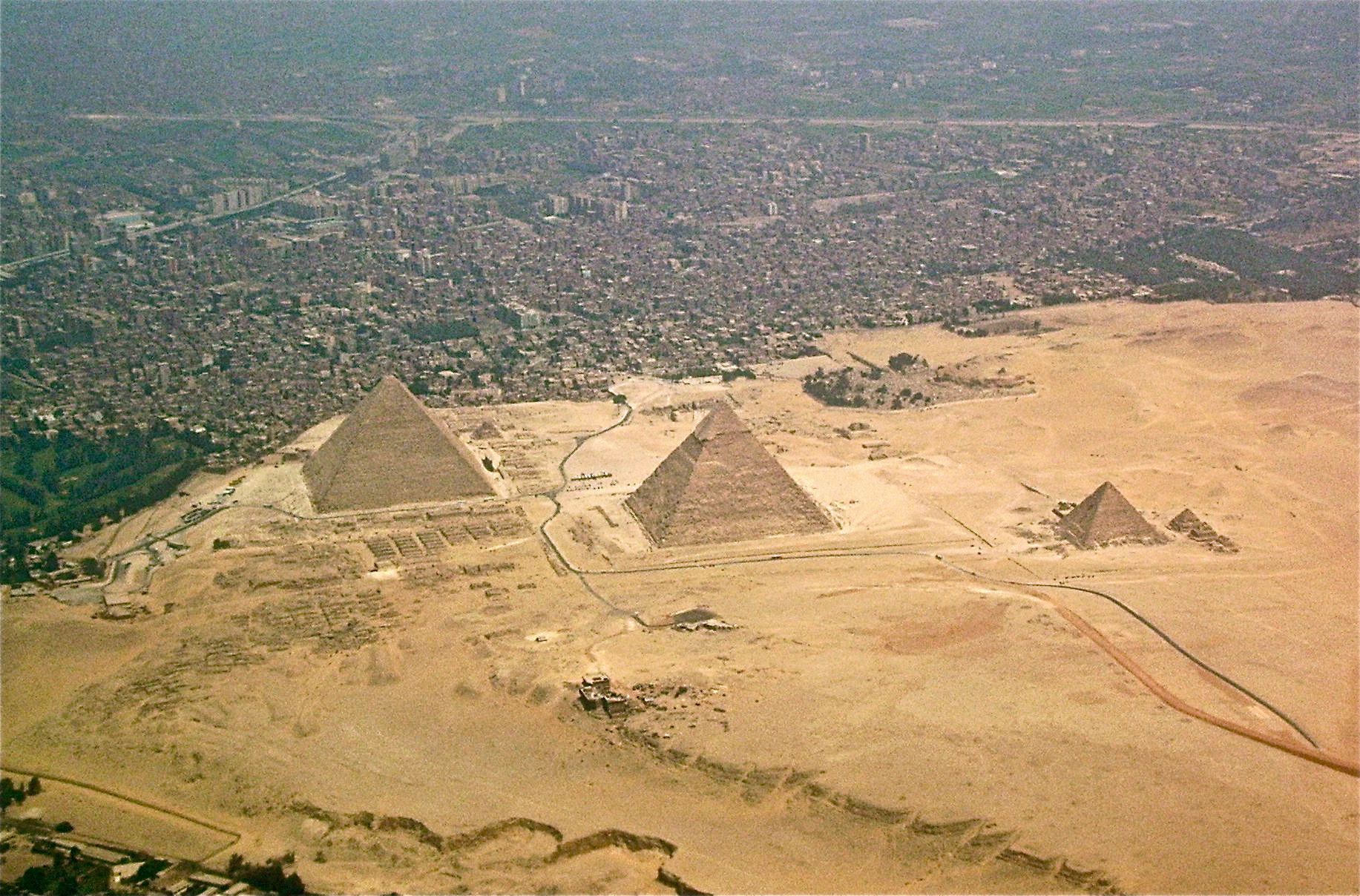The Symbolism of Five Iconic Architecture in the World
Architecture is more than just a building; it’s a form of communication and art that stands the test of time.
Architectural structures began at the dawn of civilization and have developed over time to tell stories, showcase power, or bring art and science into a building.
Architectural structures throughout the world offer insight into the lives, culture, and values of our ancestors. The symbolism in architecture helps us recognize the interactions between artistic endeavors and the technical skills used to develop and build a structure.
Here are the five iconic architecture in the world throughout history and the symbolisms of each of the structures.
Çatalhöyük, the Oldest Town

Let’s start with historical structures that hold significance in the development of modern and classical buildings. During an archeological dig, Çatalhöyük (also Çatal Höyük and Çatal Hüyük) was discovered in southern Turkey. It is estimated that the city was built in 6500 BC and it was one of the first examples of buildings being made with straight walls and windows.
Although the city has a honeycomb design and does not have actual doors, it did impact architecture around the world. The straight walls became a staple of buildings over time and the development of windows started from the early city. It plays a significant role in modern architecture.
The Pyramids of Ancient Egypt

Ancient Egypt is considered one of the earliest civilizations. It developed a form of written communication, elaborate structures, and a complex class structure and religion that architects continue to learn today. When it comes to Egyptian architecture, the pyramids and the great tombs are the most well-known marvels of the ancient civilization. The structures continue to stand and offer insight into the religious beliefs and class structure of the time.
The pyramids were tombs for ancient pharaohs and were designed to fit the elaborate expectations of the rulers. The first pyramid was designed by Imhotep, and his structure used columns placed closely together to bear the weight of the heavy granite and limestone blocks. The pyramids were made with carefully cut stones that fit together without using mortar, so they were precisely designed for the purpose of offering the rulers a comfortable place to rest after they passed.
The Symbol of Love at the Taj Mahal

As you move forward in history, you will inevitably discover the beauty of the Taj Mahal and the way it differs from earlier buildings and structures. Not only is the architecture that went into the building a marvel, but it is also a work of art that showcases the intent of the ruler who had the palace designed to honor a beloved wife.
The symbolism of the Taj Mahal is well-known around the world. It is a symbol of love and devotion to a woman who passed away during childbirth. The building is more than just a symbol of love. It is also a symbol of power. It showcased the might of Shah Jahan, the ruler of the region. The mastery behind the design combined with the symmetry found throughout the building sets it apart as a marvel that showed the power, love, and passion of a ruler.
Bringing Nature Into Architecture with Fallingwater

When we move into the history of architecture with a focus on modernity, they will discover the amazing works of Frank Lloyd Wright. Fallingwater is an architectural marvel that brings nature directly into the home by allowing a waterfall to continue moving through the structure. The house seamlessly blends the natural rocks, structures, and the waterfall with the structure and design of the home.
The symbolism in Frank Lloyd Wright’s work stems from his love of nature. He actively took measures to work with the natural surroundings to create a work of art that was also functional as a home. He showed that it is possible to make homes that are as much as work of art as a comfortable living environment.
The Empire State Building and Skyscrapers

The Empire State Building is no longer the tallest building in the world; however, it was a technological marvel when it was first constructed, and it ushered in an age where skyscrapers continue to capture the imagination of architects and artists. The Empire State Building was constructed between 1929 and 1931. It was a symbol of the technological power and economic power of the United States.
It continues to stand as a reminder of the challenges that were faced in older generations when it came to construction and building. New York City has developed many skyscrapers in modern times to keep up with the growing demands for housing and office buildings in a limited space. While the Empire State Building is no longer the tallest structure in the city or world, it is still a structure that reminds the city of its history.
Attending architecture school is a key part of obtaining the skills and training to develop, build, and improve on structures. By working with the Academy of Art University’s instructors who are practicing architects, students are able to discover the history behind architecture, the symbolism of historical and modern structures, and the different ways to bring art to life within a building.
As the progressive design laboratory of highly passionate students and a distinguished faculty of practicing architects, Academy of Art University’s School of Architecture offers multiple degree programs that are accredited by the National Architectural Accrediting Board (NAAB), which is the sole agency authorized to accredit professional degree programs in architecture offered by institutions with U.S. regional accreditation.
Academy of Art University’s School of Architecture offers both accredited undergraduate and graduate onsite and online architecture degree programs taught by practicing architects. Apply now or request for information from our admissions representatives.
Hero image courtesy of Wikipedia








